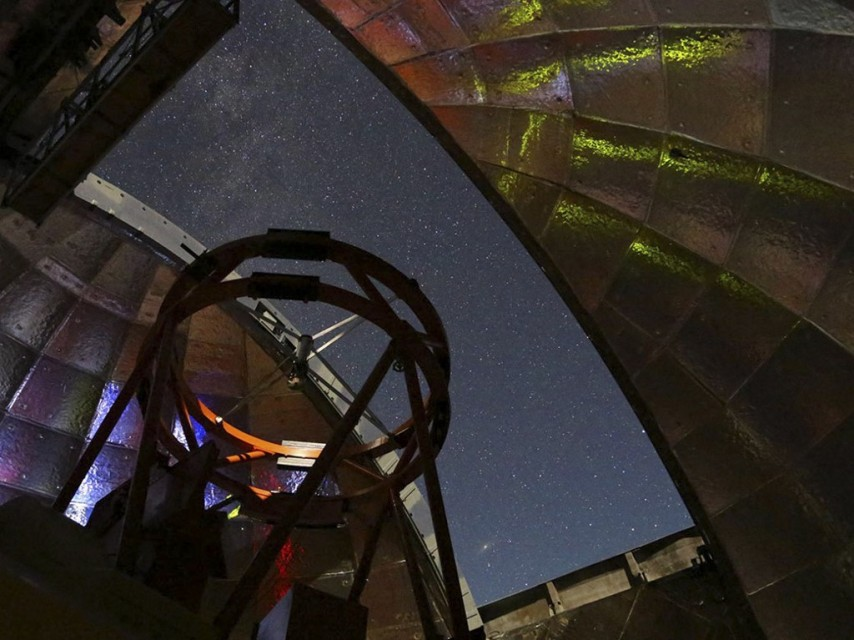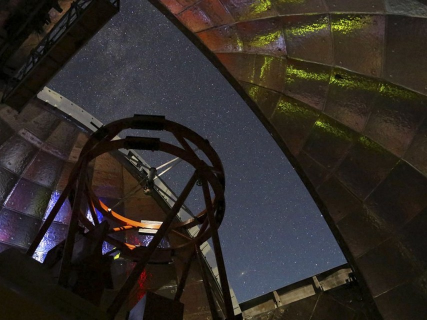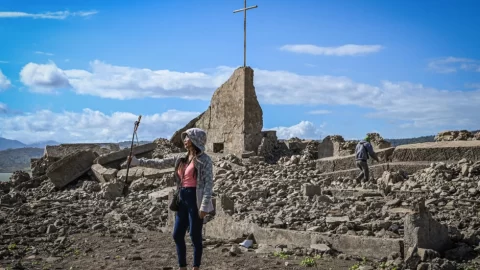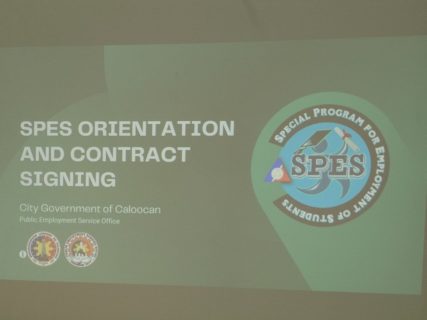Malaking asteroid, dadaan sa ibabaw ng mundo sa March 21


WASHINGTON, United States (AFP) — Ang pinakamalaking asteroid na dadaan sa ibabaw ng mundo ngayong taon, sa distansyang nasa 1.25 million miles (two million kilometers) ng ating planeta sa Marso 21.
Ayon sa US space agency NASA, magkakaroon ng pambihirang pagkakataon ang astronomers na makita ito ng malapitan.
Sinabi ng NASA, na ang asteroid 2001 FO32, ay tinatayang nasa 3,000 feet ang diameter at nadiskubre, 20 taon na ang nakararaan.
Sinabi ni Paul Chodas, director ng Center for Near Earth Object Studies . . . “We know the orbital path of 2001 FO32 around the Sun very accurately. There is no chance the asteroid will get any closer to Earth than 1.25 million miles.”
Ito ay humigit-kumulang na 5.25 beses sa distansya ng mundo mula sa buwan, ngunit malapit pa ring maituturing, para ang 2001 FO32 ay mauri bilang isang potensyal na mapanganib na asteroid.
Ayon sa NASA, ang 2001 FO32 ay dadaan sa halos 77,000 milya kada oras, mas mabilis kaysa bilis ng karamihan ng asteroids na dumaan sa mundo.
Sinabi ni Lance Benner, principal scientist sa Jet Propulsion Laboratory ng NASA . . . “Currently, little is known about this object, so the very close encounter provides an outstanding opportunity to learn a great deal about this asteroid.”
Dagdag pa ng NASA, umaasa ang astronomers na mas makukuha nila ang size ng asteroid at magkakaroon ng bahagyang ideya sa komposisyon nito, sa pamamagitan ng pag-aaral sa liwanag na magre-reflect sa surface nito.
Paliwanag pa ng NASA . . . “When sunlight hits an asteroid’s surface, minerals in the rock absorb some wavelengths while reflecting others. By studying the spectrum of light reflecting off the surface, astronomers can measure the chemical ‘fingerprints’ of the minerals on the surface of the asteroid.”
© Agence France-Presse







